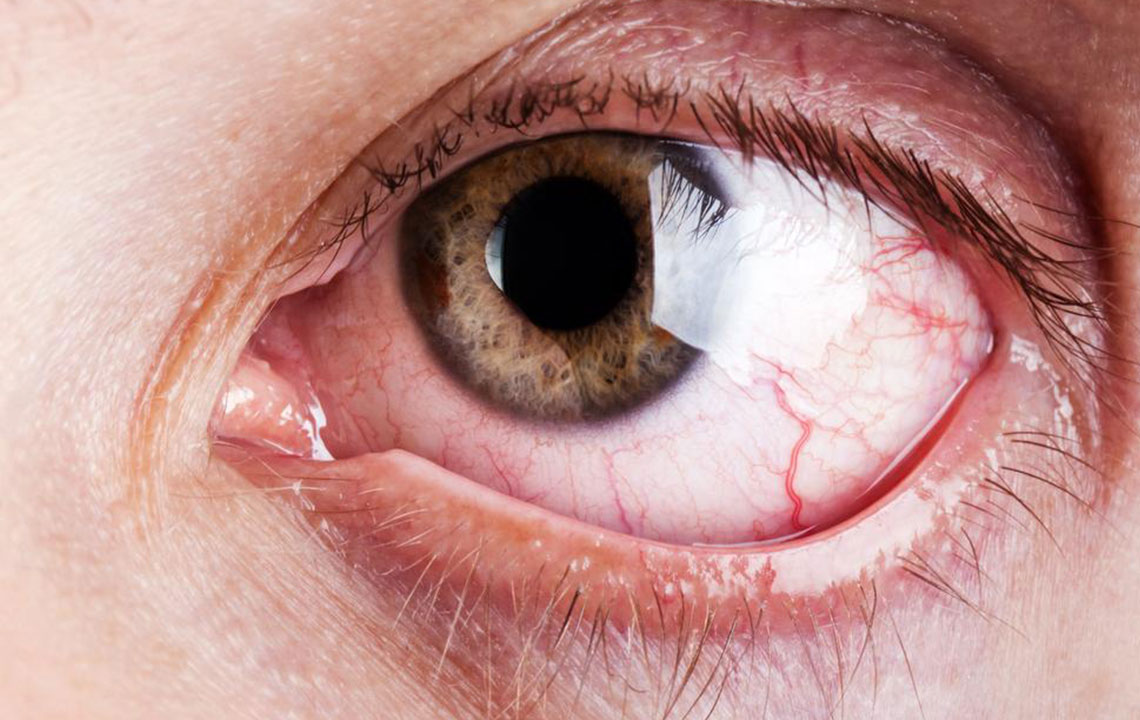Comprehensive Guide to Dry Eye Disorder: Causes, Symptoms, and Remedies
Discover essential insights into dry eye disorder, including its causes, symptoms, and treatment options. Learn how tear film components work, identify signs of dry eyes, and explore effective remedies. Early diagnosis and proper management are key to maintaining healthy eyesight and preventing complications. Consult an eye care professional for personalized advice and treatment tailored to your needs.

Comprehensive Guide to Dry Eye Disorder: Causes, Symptoms, and Remedies
Dry eye disease occurs when the eye’s surface lacks adequate lubrication, often due to malfunctioning tear glands. This condition affects millions of individuals across the United States.
Role of Tears in Eye Comfort
The cornea, the transparent front part of the eye, depends on tears produced by nearby glands to stay moist. These tears form a vital protective layer, supporting vision and eye health.
This tear layer maintains eye moisture with each blink and contributes to clear vision. Reduced tear production or altered tear composition can lead to visual disturbances and discomfort.
The tear film has three main components:
Oil/Lipid Layer: Outer layer from Meibomian glands prevents evaporation and retains moisture.
Aqueous Layer: Middle watery layer produced by lacrimal glands, keeping the eye hydrated.
Mucin Layer: Inner layer created by goblet cells, helps water adhere to the eye surface and reduces evaporation.
Signs of Dry Eye
Common in adults, especially women, dry eye symptoms include irritation, burning, and a stinging feeling. Severe cases may cause excessive tearing, redness, discomfort, and blurred vision, along with heavy eyelids.
Causes of Dry Eye
Diminished tear production, imbalance, or increased evaporation can cause dry eyes. Contributing factors include:
Medications for respiratory, depression, or reproductive issues
Age-related changes, especially beyond age 50
Inflammation damaging tear glands
Autoimmune conditions
Thyroid dysfunction, diabetes, vitamin deficiencies
Hormonal fluctuations during pregnancy or menopause
Environmental irritants like dust, wind, smoke, dry weather
Allergies during certain seasons
Extended screen use reducing blinking rate
Post-laser eye treatments (usually temporary)
Diagnosis and Treatment
If you experience dry eye symptoms, consulting an eye care professional is vital to identify the cause. Mild symptoms can often be relieved with over-the-counter artificial tears, gels, or ointments. Lifestyle changes such as limiting screen time, taking regular breaks, and blinking consciously are helpful. Wearing sunglasses outdoors can protect against environmental triggers. Severe cases may require prescription medications or surgical options. Early detection and appropriate care are essential for preserving eye health and preventing complications.
Note:
This overview provides educational information on dry eye health. For personalized diagnosis and treatment, see an eye specialist. We are not responsible for inaccuracies or updates in medical guidelines. Always seek professional advice for eye health concerns.


